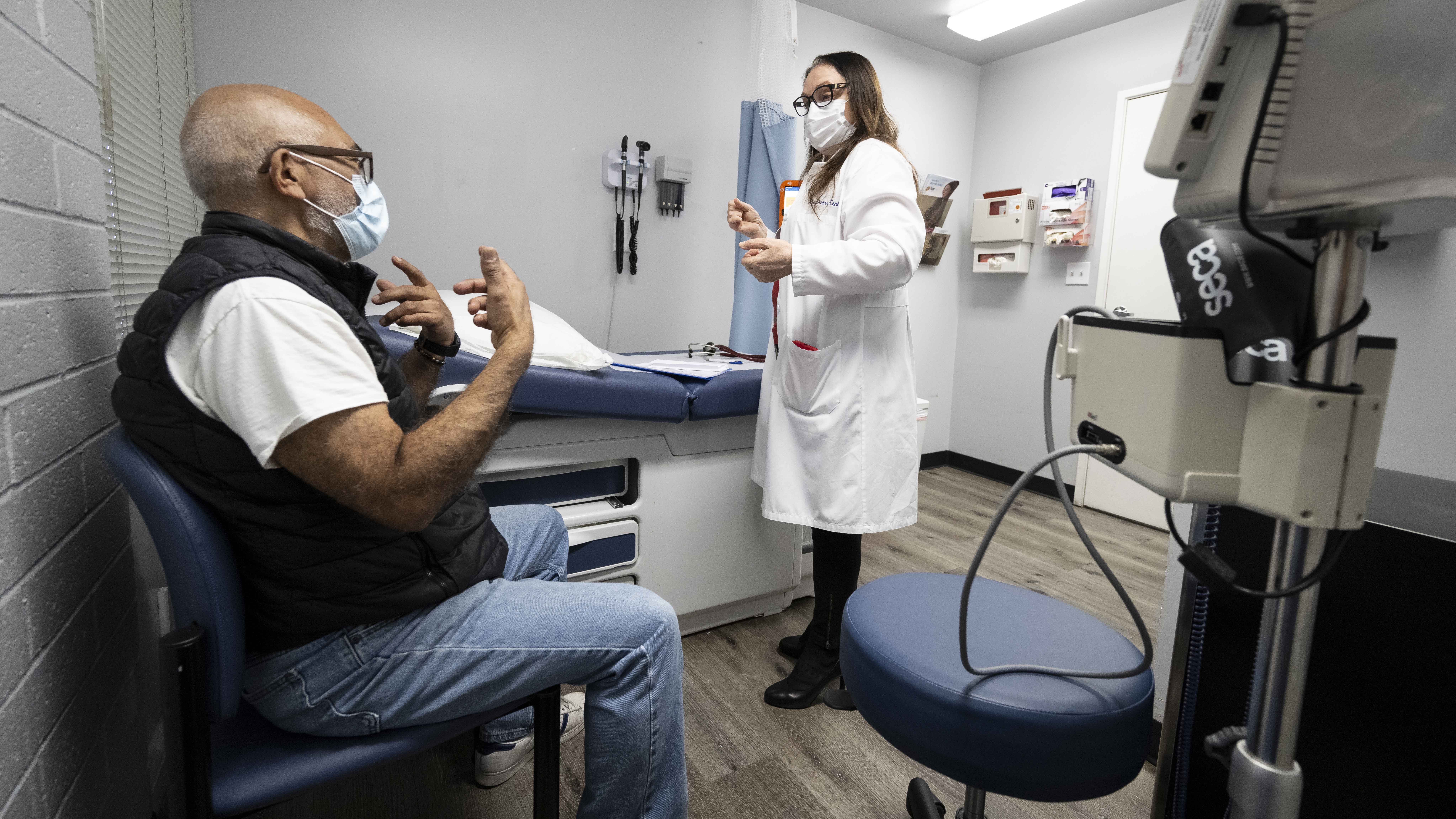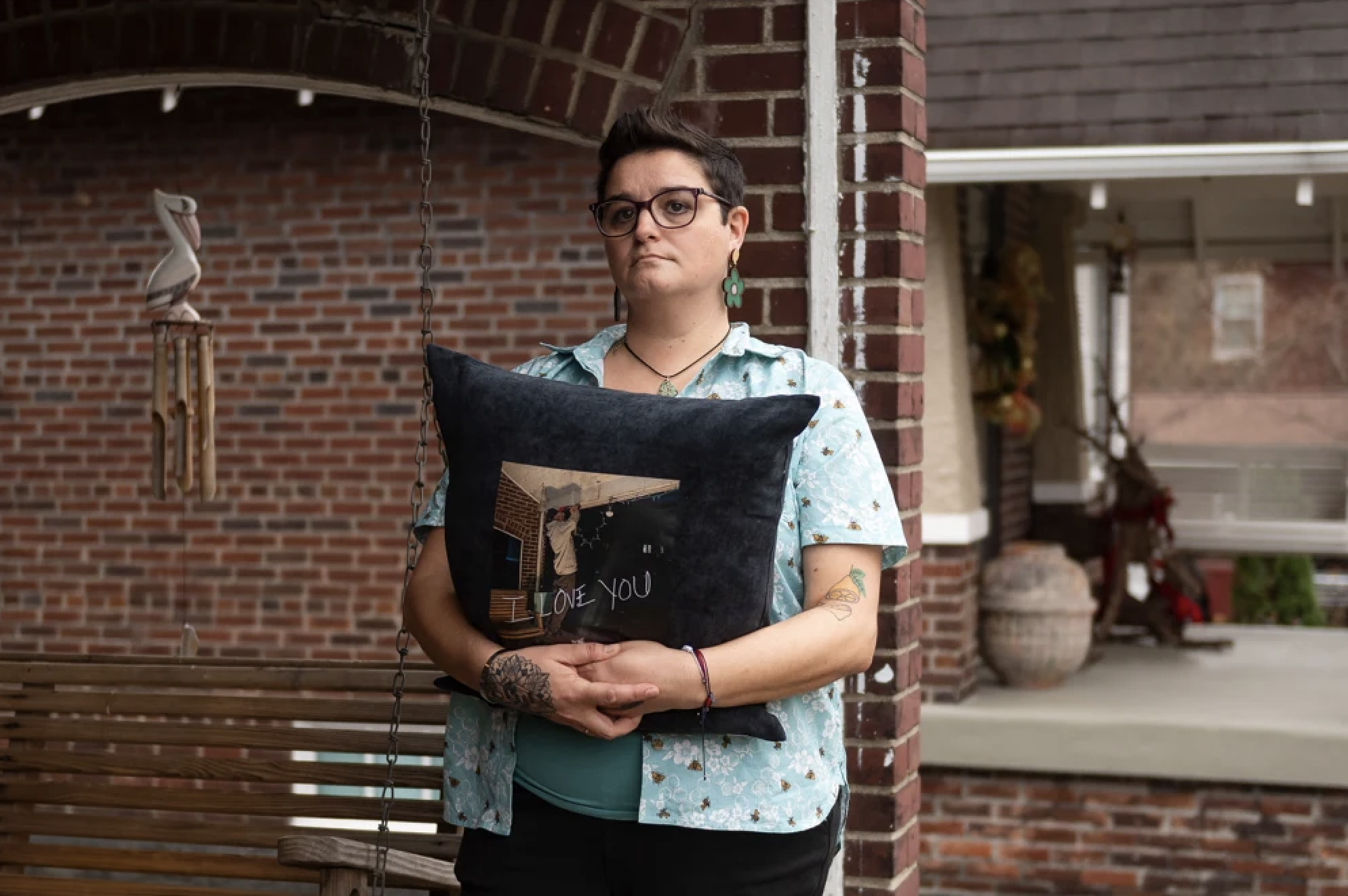A new frontier in medicine has come to MedStar Georgetown University Hospital, where robots are making the rounds.
The high-tech pharmacy robots are designed to improve safety and reduce medical errors, by preparing and tracking medications for local cancer patients. The new system streamlines the process from prescription to patient.
Take, for example, Luke -- a robot named after the character from Star Wars.
"Luke is one of our delivery robots," said Dr. Long Trinh, senior director of pharmacy services at MedStar Georgetown.
We've got the news you need to know to start your day. Sign up for the First & 4Most morning newsletter — delivered to your inbox daily. >Sign up here.
The high-tech hospital worker is delivering chemotherapy medication to cancer patients inside the hospital's infusion suite.
But before Luke takes the medication to the infusion suite, it's mixed and assembled behind the scenes, with another robot at the helm.
"A robot takes on all the risk of compounding and is able to do so in a safe and accurate manner," said Trinh.
Trinh gave News4 a rare look inside the oncology infusion pharmacy where these life-saving medications are made.
"Chemotherapy is one of the highest intensive work for pharmacy technicians," Trinh said. "It takes about 20 minutes to prepare a chemotherapy agent by a pharmacy technician. Additionally, if a pharmacy tech has an accident, or they accidentally spill a chemotherapy during the compounding process, they exposed themselves to that hazardous medication.
Not only does the robot make it safer for the pharmacy techs working with toxic drugs, they also make it more efficient, cutting the amount of time it takes to make a medication in half.
Bar code scanning technology then checks to make sure the right medication was used, at the right dose, for the right patient.
"We're one of the few in the nation that has invested in a chemotherapy robot to allow our technicians to provide quality assurance, rather than having to compound the medication themselves manually," Trinh said. That "frees up the pharmacist to provide more clinical services."
The KIRO robot arrived in August, and works an eight hour shift, making up to 40 chemo treatments a day.
The technology also continues to evolve: Next year, the hospital hopes to add robotic technology to help count and dispense medications, too.
"When a medication order comes through, instead of a technician walking to the shelf to locate that pill bottle, that shelf moves vertically and stops to where that medication is, and directing the technician to pick up that pill bottle," Trinh said of the planned expansion.
Research shows robotic pharmacies can help reduce medical errors. One study showed it led to an 80% drop in medication administration mistakes.
Nationwide hospitals big and small are investing billions of dollars into buying robots. One Japanese company is equipping robots to carry patients, while others have been designed to check patients in. Some are even performing life-saving measures like CPR.
Robots like Luke are bringing what was once science fiction to the forefront of medicine.




